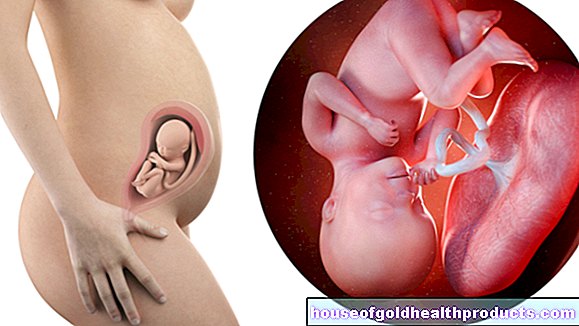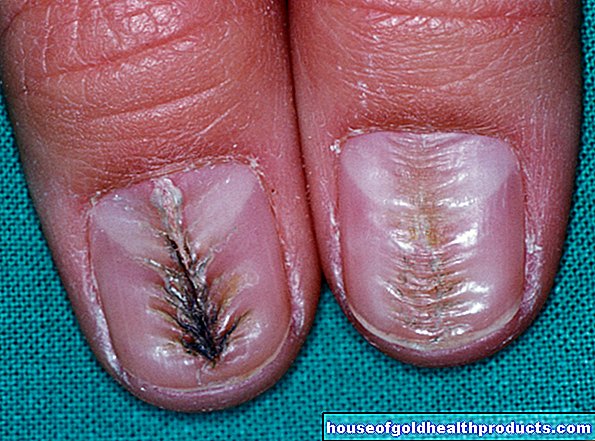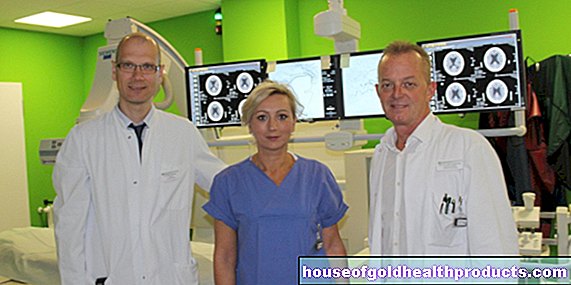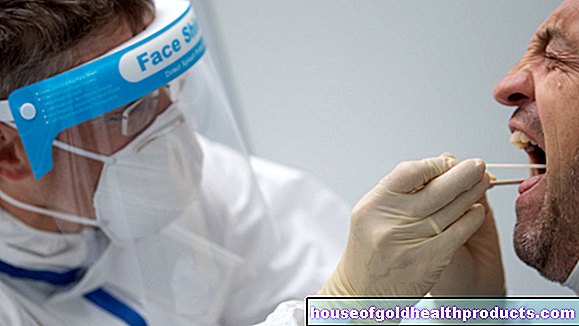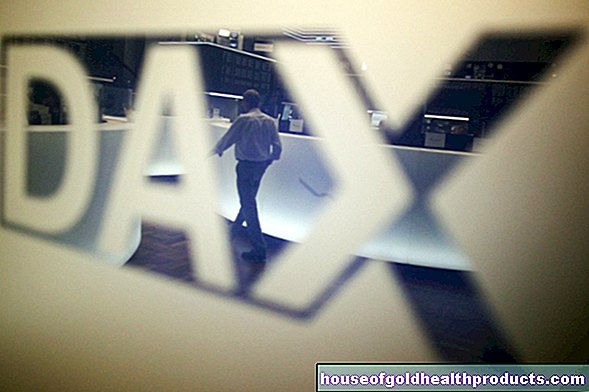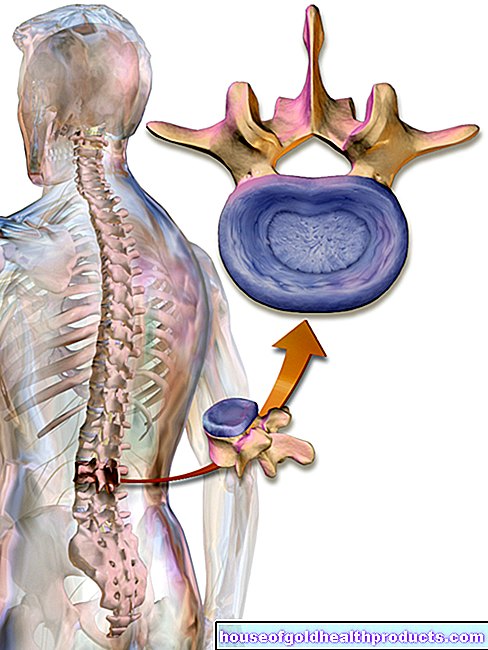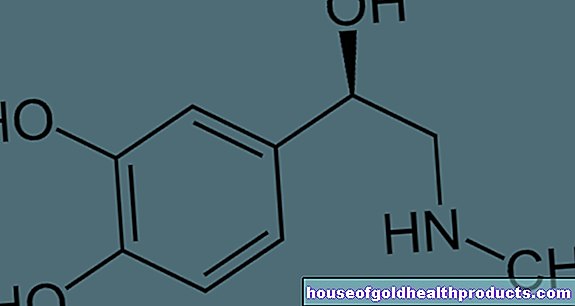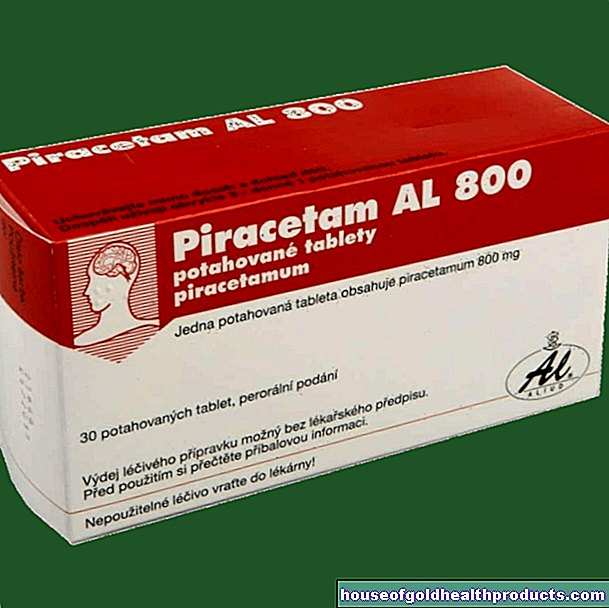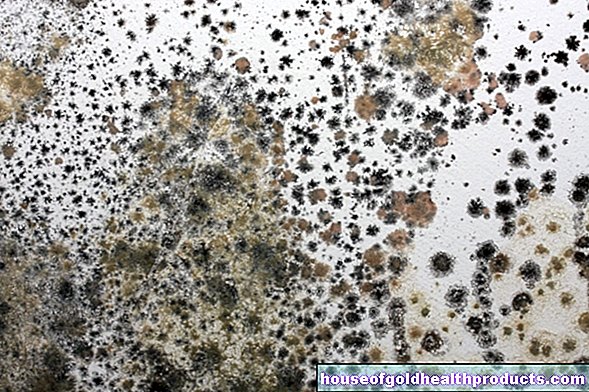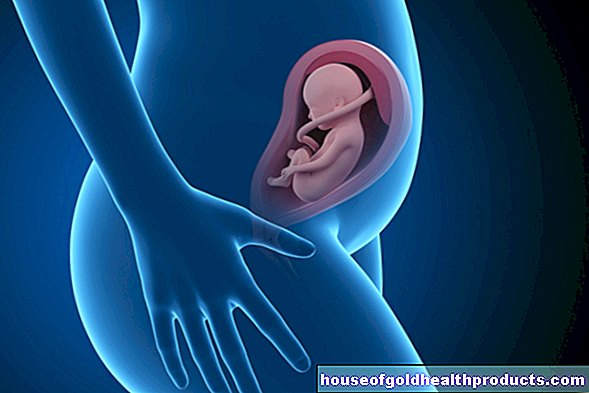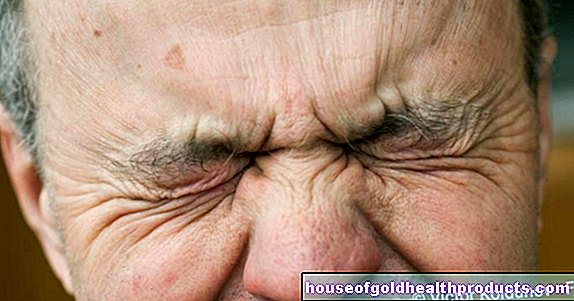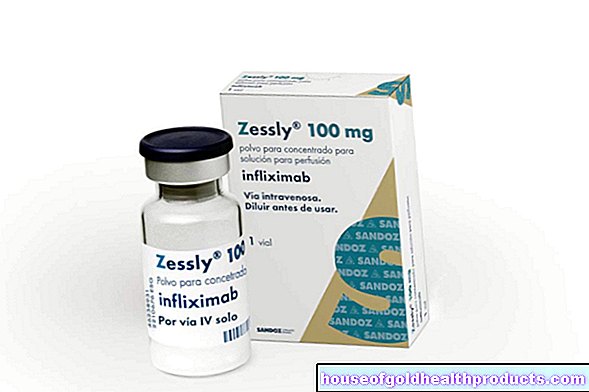Prostate cancer: therapy does not always make sense
All content is checked by medical journalists.MunichProstate cancer patients usually leave no stone unturned. However, surgery or radiation do not all extend life. Which therapy options make sense depends on whether the person affected still suffers from other diseases.
Scientists working with Timothy Daskivich at the University of California evaluated the data from a long-term study with 140,500 prostate cancer patients. At the start of the study, doctors diagnosed all of them with an early stage of cancer. The subjects were at least 66 years old at the time of diagnosis. Other diseases were also recorded, such as heart attacks, chronic obstructive pulmonary disease (COPD) and diabetes. During the 15-year observation period, some of the men had the cancer operated on or irradiated, while others did not.
Restriction of quality of life
A comparison of the data showed that men who suffered from another disease in addition to prostate cancer often did not benefit from the invasive interventions. On the contrary: the side effects worsened their quality of life. For example, they had a higher risk of becoming impotent, many suffered from incontinence, had diarrhea and digestive disorders (after radiation) or intestinal inflammation.
Based on their results, the researchers were even able to determine for whom an operation would be worthwhile. To do this, they used the so-called Charlson index. It sums up how certain comorbidities affect life expectancy. For example, diabetes counts one point, while AIDS counts six points. The more additional illnesses a cancer patient has, the higher the value determined - an operation or radiation as a result is less of an advantage.
Index evaluates the influence of comorbidities
Applied to the study participants, the following picture emerges: For men with a Charlson index of zero, one or two, the operation or radiation was worthwhile - they had a lower risk of dying compared to men who received non-invasive therapy. On the other hand, those who had a Charlson score of three or more did not survive longer with cancer therapy than without. The overall life expectancy was then too short to benefit from the positive effects of the treatment.
“Patients with prostate cancer and additional comorbidities can now use our results to better decide whether they want to have the cancer treated or not,” says Daskivich. Up until now, the rule of thumb was that anyone with an estimated life expectancy of less than ten years should no longer lie down on the operating table. But life expectancy is difficult to determine. The Charlson Index is a much clearer measure.
Most common cancer in men
Prostate cancer is the most common cancer in men. In the early stages, those affected often have no symptoms whatsoever, which is why the disease is often discovered late. According to the Robert Koch Institute, around 63,500 men develop prostate cancer every year in Germany. The average age of onset is around 70 years. (away)
Source: Daskivich T. et al .: Comparative effectiveness of aggressive versus nonaggressive treatment among men with early-stage prostate cancer and differing comorbid disease burdens at diagnosis, Cancer, Article first published online: 13 MAY 2014, DOI: 10.1002 / cncr.28757
Tags: medicinal herbal home remedies alcohol drugs dental care



